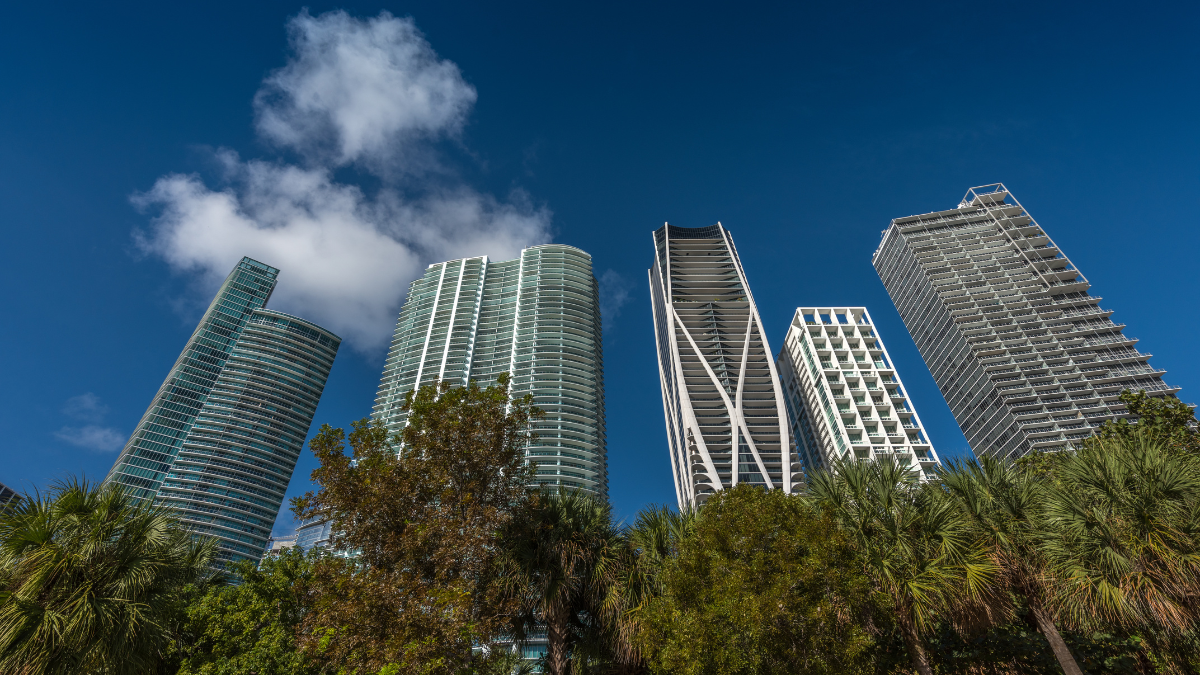The cost of living in South Florida has become a worrisome issue among its residents and justifiably so.
A new study shows that the metropolitan area that makes up Miami-Fort Lauderdale-West Palm Beach is the most affected by inflation.
On Tuesday, the US Bureau of Labor Statistics (BLS) published its bimonthly report of the inflation index in the country. While the year-on-year consumer price index stood at 3.2% in February in the US, Miami's year-on-year inflation was at 4.90%, according to the BLS report, which puts it above the national level and as the metropolitan area with the highest inter-annual inflation, the report says.
In another ranking, this time from WalletHub, the Miami metropolitan area is considered as the one with the biggest inflation problem in the nation.
Get South Florida local news, weather forecasts and entertainment stories to your inbox. Sign up for NBC South Florida newsletters.
Although inflation has slowed down nationally and in South Florida, prices continue to rise for most items.
“While the inflation rate has declined, some of its drivers have become structural to the economy. Business practices, utilization of high-tech inputs, concentration, pandemic effects on pricing, environmental and institutional factors, and wars are important factors that lead to inflationary pressures," explains Zdravka Todorova, a Wright State University Professor and one of the experts consulted by WalletHub.
Inflation in Miami
WHAT FACTORS AFFECT MIAMI’S INFLATION?
It is no secret that the cost of housing in Miami and South Florida has skyrocketed in recent years and although the numbers have managed to slow down, South Florida is still one of the most expensive areas to purchase or rent a home. The report from the U.S. Bureau of Labor Statistics indicates that housing was the largest contributor to the inflation rates for this area of the country.
In the report released this Tuesday, up until February 2024, annual inflation shows an increase of 6.7% in average prices related to housing for the Miami area. According to the report, the housing payment for homeowners increased 7.5% and the rental price of the primary residence increased 8.2%, showing that they continued to rise for a year.
In the Miami-Fort Lauderdale-West Palm Beach metropolitan area, the variation in housing prices for owners was 1.0% and for rent was 1.1%, from December 2023 to February 2024.
Regional Commissioner Victoria G. Lee noted that the housing index continued to rise from December to February and contributed significantly to the bi-monthly increase on all prices.
Miami's figures are notably higher than the national average for housing price inflation, which closed at 5.7% for February 2024.
On the other hand, food prices saw an increase close to or below the national average. Annual inflation for food was 0.9% until February in Miami, while at the national level, annual inflation was 2.2%.
From December to February, food prices increased 0.5% in South Florida.
Regarding energy prices in the Miami urban area, the increase was of 4.2% in the 12 months ending in February 2024, reflecting increases in electricity prices (+3.8%) and in gas services (+8.4%).
Another item that maintained its upward trend significantly in South Florida was clothing and footwear, with a variation of +8.4% in one year and +5.2% in the last two months.
Gasoline, whose prices dipped in the inter-annual index (-4.0%), shows an increase of 5.0%, since January.
THE 10 AREAS OF THE U.S. WITH THE HIGHEST INFLATION
To determine the cities where inflation is the biggest problem, WalletHub compared 23 metropolitan areas on key metrics related to inflation: the consumer price index from the latest report released by BLS compared to the report above and the data from the last year versus the previous year, to obtain a snapshot of how inflation has changed in the short and long term.
From this study, a ranking was prepared with the 10 urban areas most affected by inflation, which was as follows:
- Miami-Fort Lauderdale-West Palm Beach. Score: 86.11
Last month’s inflation: 1.40% Annual inflation: 4.90% - Dallas-Fort Worth-Arlington, TX Score: 77.78
Last month’s inflation: 0.90% Annual inflation: 5.30% - St. Louis, MO-IL Score: 73.61
Last month’s inflation: 1.60% Annual inflation: 3.60% - Seattle-Tacoma-Bellevue, WA Score: 72.22
Last month’s inflation: 1.20% Annual inflation: 4.30% - Philadelphia-Camden-Wilmington, PA-NJ-DE-MD Score: 70.83
Last month’s inflation: 1.60% Annual inflation: 3.40% - Los Angeles-Long Beach-Anaheim, CA Score: 68.06
Last month’s inflation: 1.50% Annual inflation: 3.40% - Chicago-Naperville-Elgin, IL-IN-WI Score: 62.50
Last month’s inflation: 1.30% Annual inflation: 3.40% - Baltimore-Columbia-Towson, MD Score: 62.50
Last month’s inflation: 1.70% Annual inflation: 2.60% - Atlanta-Sandy Springs-Roswell, GA Score: 61.11
Last month’s inflation: 1.30% Annual inflation: 3.30% - Houston-The Woodlands-Sugar Land, TX Score: 55.56
Last month’s inflation: 1.00% Annual inflation: 3.50%



